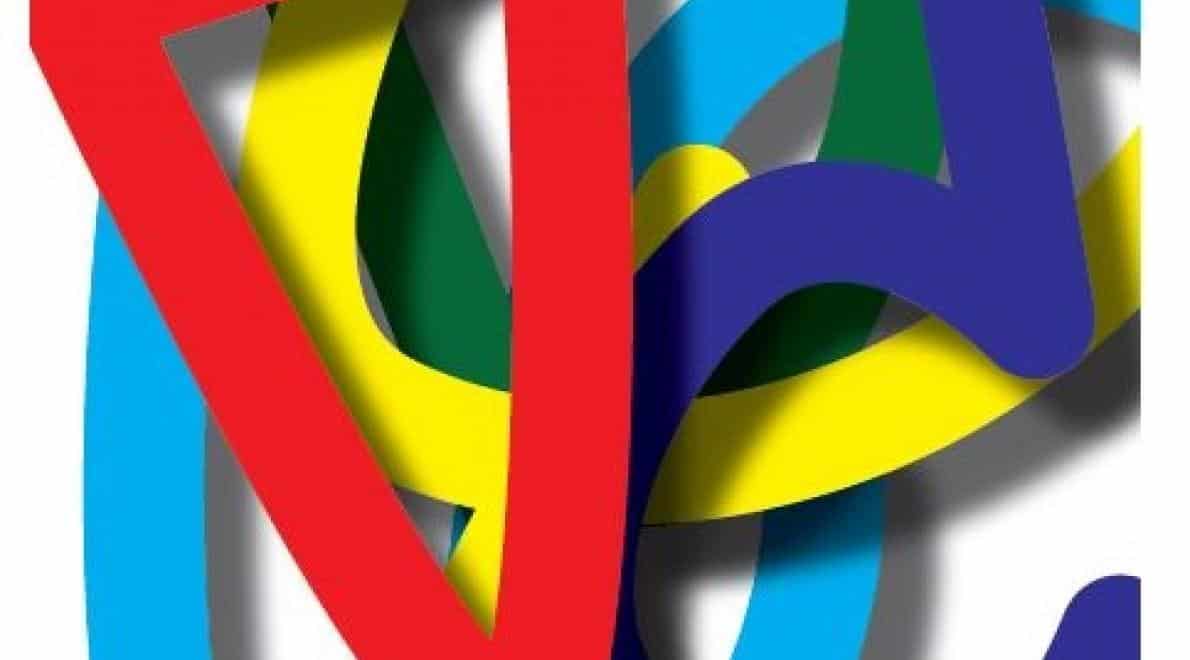Afbeelding



Pinas comes from the Ndyuka, a group of Surinamese Maroons. In the seventeenth century these people were brought by slave ships from Africa to Suriname to work on the plantations. There they liberated themselves from slavery and settled in the jungle. Like much of Pinas’s work, the Tembe Afaka project is part of a larger plan to revive the Surinamese district of Marowijne (where the Ndyuka have been established since) after the domestic war in the eighties, by means of art and cultural projects. Central to Pinas's work is his ancestry, the preservation of a culture that is in danger of being lost and making a valuable contribution to the future of it.
Pinas is known for the use of recurring form elements in his work. These forms are derived from the wood carving motifs of the Ndyuka, which were handed down from generation to generation by Maroon craftsmen (tembe), and the Afaka script. This script consists of 56 symbols and was developed at the beginning of the twentieth century for the language Ndyuká, the Creole variant of English, spoken by some 25,000 people in the east of Suriname and the west of French Guiana.
With the installation at HMK Pinas continues working on the theme of Kibri a Kulturu. The forms originate from tembe, the Afaka script and the culture of the Ndyuka, the material refers to the vulnerability of its survival in times of oppression, terror and globalization. The monumental presentation refers to Pinas' endeavor to preserve this culture, to share it worldwide and to promote appreciation for these traditions and customs.
The jewelry line Boipili consists of a series of silver jewels in the form of tembe and Afaka letters. They have been manufactured by the local community to generate income and respond to the need to nourish the region and its culture and make it more known to a global audience. With this initiative, Pinas wants to give a voice to a group of people who would otherwise not have access to the art system. Therefore, the Boipili project also raises questions about the limitations of this system and the definition of what art is.
Marcel Pinas takes a critical position with his work in relation to the past and the problems this community is facing nowadays, but he also investigates possibilities to learn from history, to preserve special traditions and to build a positive, promising future for the Ndyuka community.
This exhibition is made possible by: Mondriaan Fund, Municipality of Hoorn, Stokroos Foundation, Prince Claus Fund.